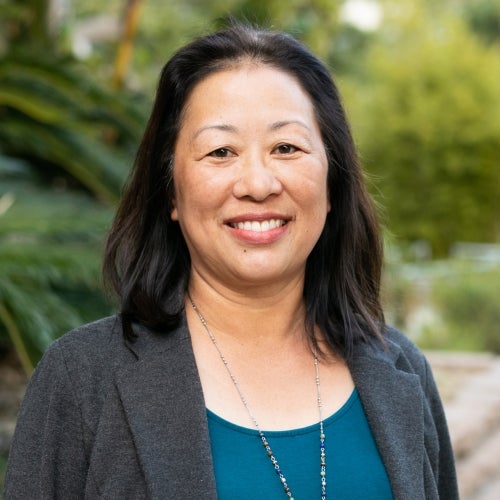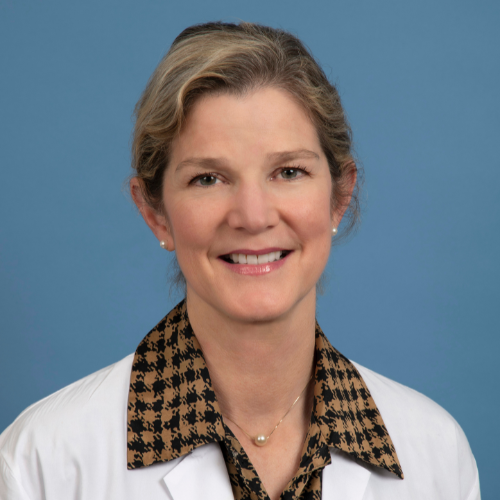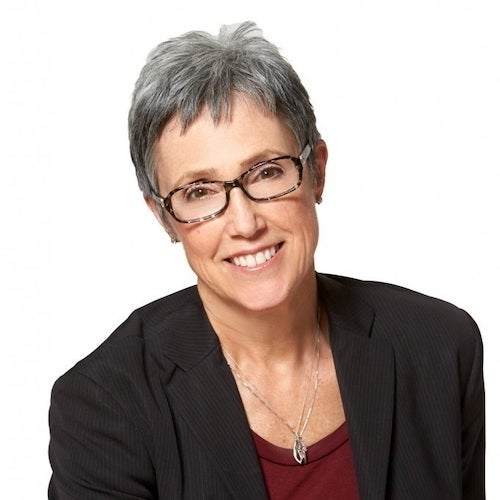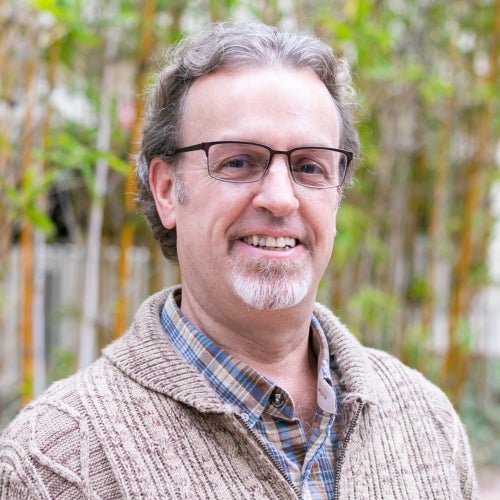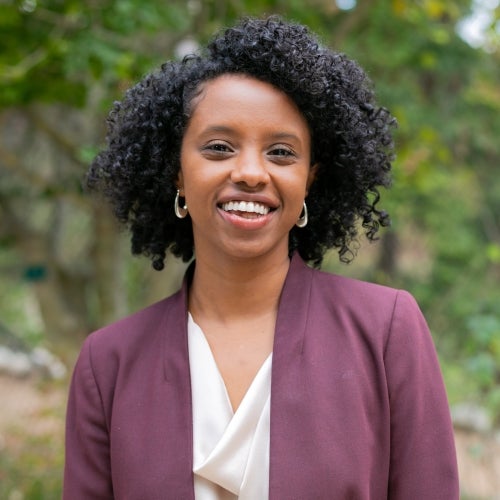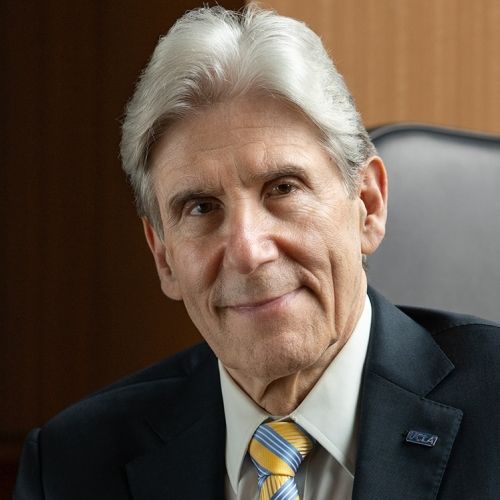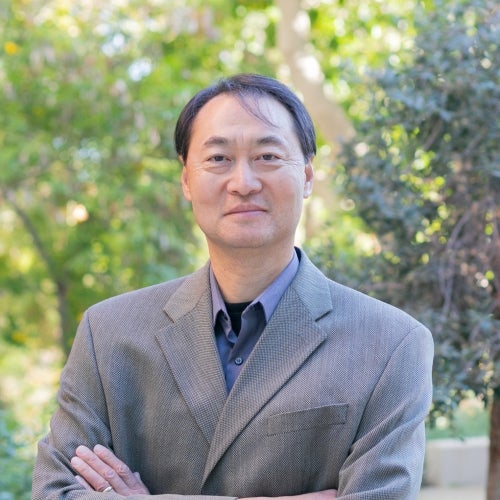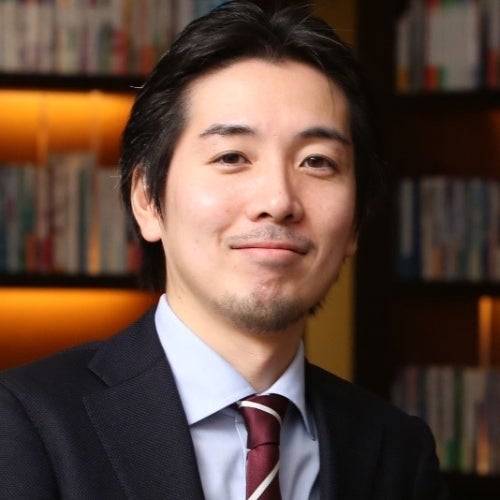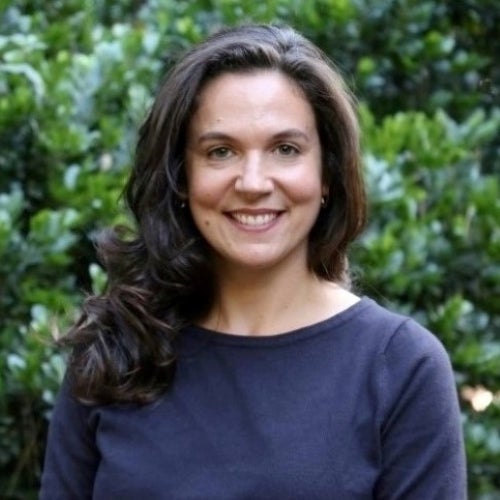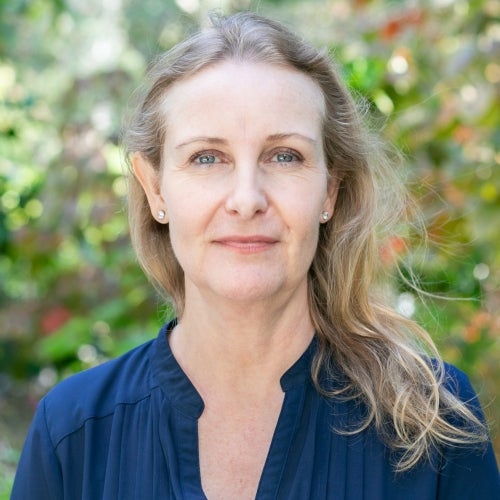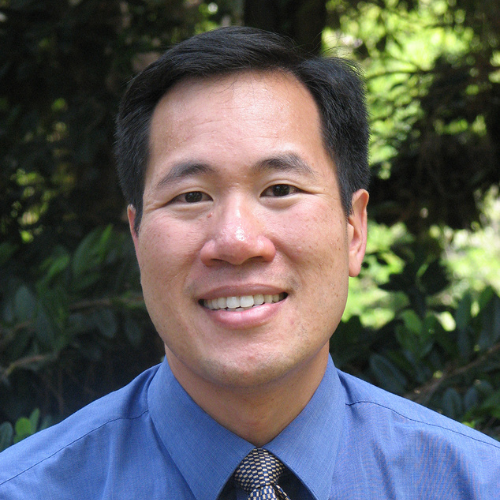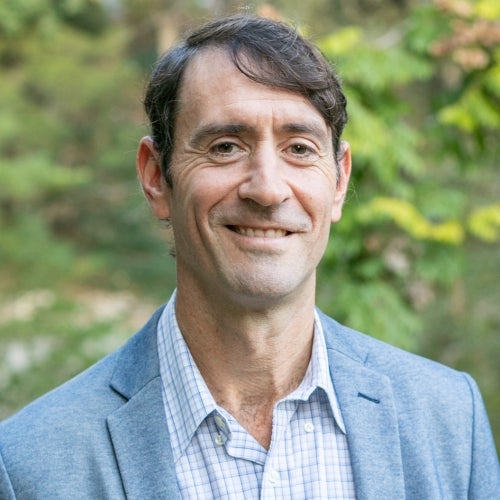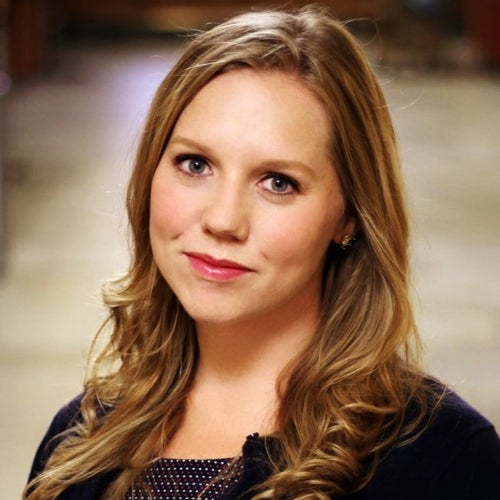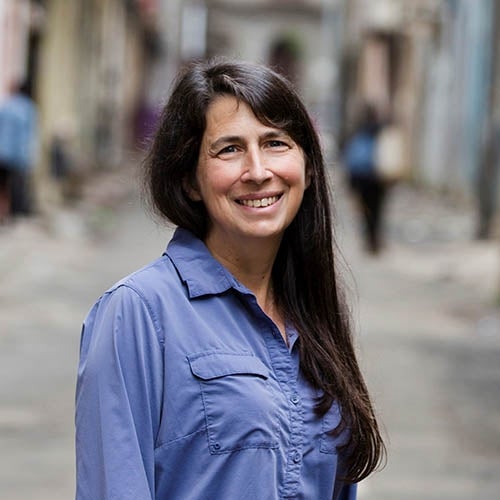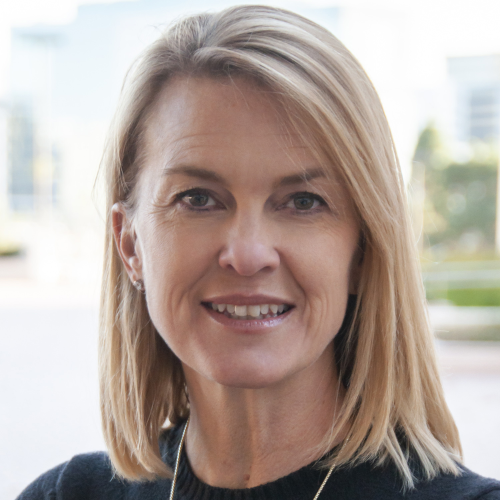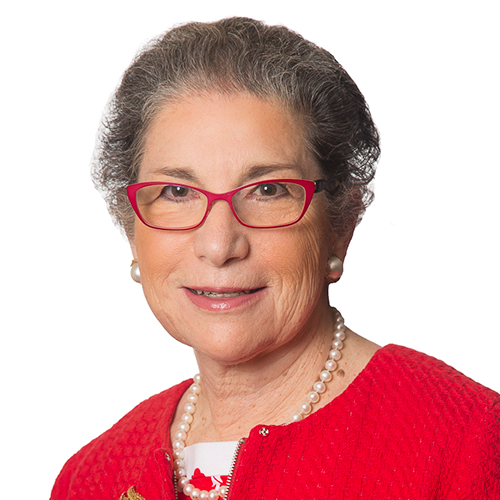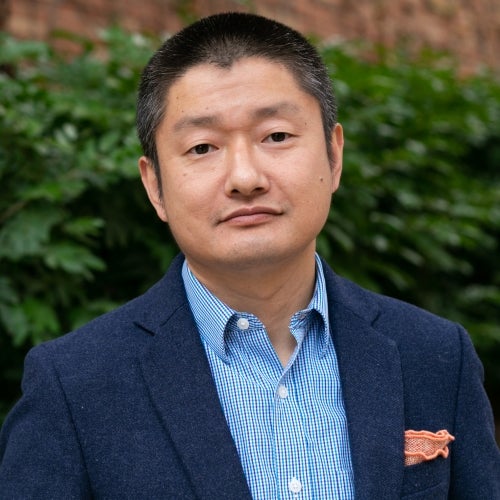Expanding care for sickle cell patients to extend lives
Dr. Alice Kuo, UCLA Fielding School of Public Health associate professor, addresses improving quality of care for patients with sickle cell disease
When Dr. E. Dale Abel, chair of the Department of Medicine in the David Geffen School of Medicine at UCLA and executive medical director of the UCLA Health Department of Medicine, looks at the incidence of sickle cell disease and how patients are treated, he sees a gloomy portrait of unequal care that is “spotty at best, and very fragmented.”
“We live in a city that has significant health care disparities, and this is exemplified by sickle cell disease, which primarily affects people of color,” he said.
To address this problem, UCLA Health launched a new center in September with the goal of improving quality of care and increasing life expectancies for patients with sickle cell disease. In addition to primary and preventive care, and early management for complications, the center provides access to specialty care that often is lacking for patients with the disease, which can affect multiple systems in the body.
“There’s hardly an organ system that’s not affected by the sickle process,” said Dr. Gary J. Schiller, a hematologist and director of the Bone Marrow/ Stem Cell Transplant Program.
As Abel notes, access to appropriate health care resources is a significant problem for patients with sickle cell disease, an assertion that is supported by organizations such as the CDC Foundation, an independent nonprofit that works closely with the Centers for Disease Control and Prevention. The foundation reports there are a limited number of physicians who are trained and willing to treat adult patients with sickle cell disease. And because most patients with sickle cell disease are covered by Medicaid rather than private insurance, fewer doctors accept their government insurance.
In addition, people with sickle cell disease may be inaccurately perceived as drug seekers, and they often face longer waits to see a doctor or receive pain medication when visiting an emergency department, according to the foundation.
Disparities are also reflected in shorter life spans. Nationwide, the median life expectancy for a person with sickle cell disease is 42-to-47 years. In addition, Californians with sickle cell disease have higher rates of emergency department visits and hospitalizations than those in other states.
“We don’t do a good job of taking care of patients with sickle cell in California,” Schiller said. “We don’t really have adult-focused programs.”
Abel is hopeful that UCLA will be able to improve lifespans through accessible, high-quality primary care. It has been clearly demonstrated that disease-specific centers such as the new UCLA Health sickle cell disease center can reduce complications, emergency department visits and hospitalizations.
“Anything that has to be built literally from the ground up will take some time to affect all of the lives that need to be touched,” he said. “It will probably take a number of years for us to really turn around the statistics in this community, but it is worth every bit of effort and every penny of investment we are putting into this.”
In 2019, California allocated $15 million in state funds over three years to establish new sickle cell disease centers to provide cost-effective, coordinated care. The effort is overseen by the Networking California for Sickle Cell Care Initiative (NCSCC), which was launched by the Center for Inherited Blood Disorders and the Sickle Cell Disease Foundation. Los Angeles County has the largest number of people with sickle cell disease in the state.
“There’s probably about 2,500 adults with sickle cell disease in L.A. County, and most of them do not have primary care or access to a hematologist,” said Dr. Alice Kuo, UCLA Fielding School of Public Health associate professor of health policy and management, who is working with Schiller to launch the center.
Patients receiving care at the center are able to receive fluid hydration, pain management, social support and other care seven days a week. Intravenous fluids to prevent dehydration can stop the sickling process and prevent severe pain that can lead to emergency department visits. Patients also have access to clinical trials, which include medications for treatment and gene editing that has potential to offer a cure for sickle cell disease in the coming years.
“The new program attempts to create the same kind of comprehensive center that exists for hemophilia or cystic fibrosis,” Schiller said. “These kinds of centers in the community have been shown to significantly decrease emergency room visits, hospitalizations and length of stay.”
Kuo believes that in the coming years, UCLA will be caring for most adults with sickle cell disease in the region.
“My goal is not just to increase the life expectancy of patients, but also to increase their quality of life,” Kuo said. “I hope that by giving them access to high-quality primary care, we will take care of their medical condition and get them on the right path to learning how to manage their condition, so they can then live their lives to the fullest.”
Dr. Alice Kuo, UCLA Fielding School of Public Health associate professor, addresses improving quality of care for patients with sickle cell disease
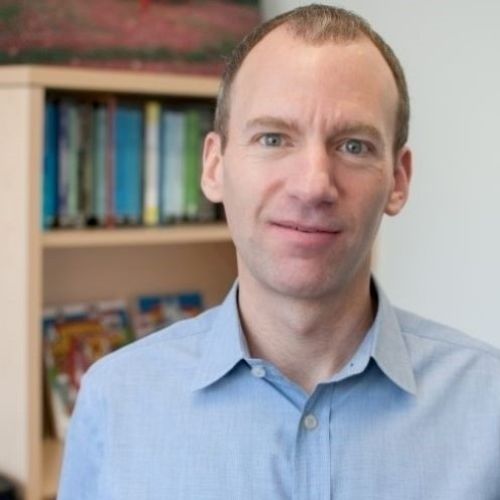
Professor of Community Health Sciences & Health Policy and Management, and Associate Dean for Research

Dr. Ron Andersen is the Wasserman Professor Emeritus in the UCLA Departments of Health Policy and Management.
Nationally recognized health services researcher and sociomedical scientist with 25+ years' experience in effectiveness and implementation research.
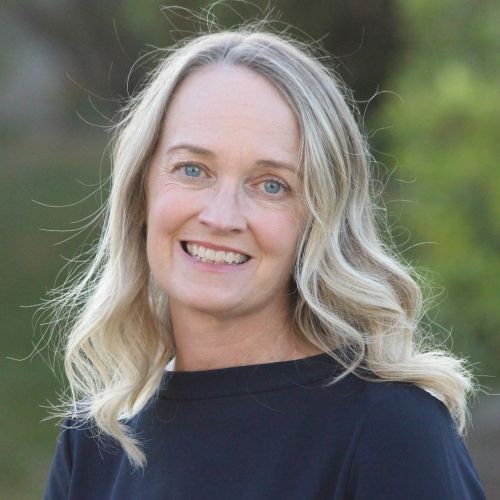
EMPH Academic Program Director with expertise in healthcare marketing, finance, and reproductive health policy, teaching in the EMPH, MPH, MHA program
